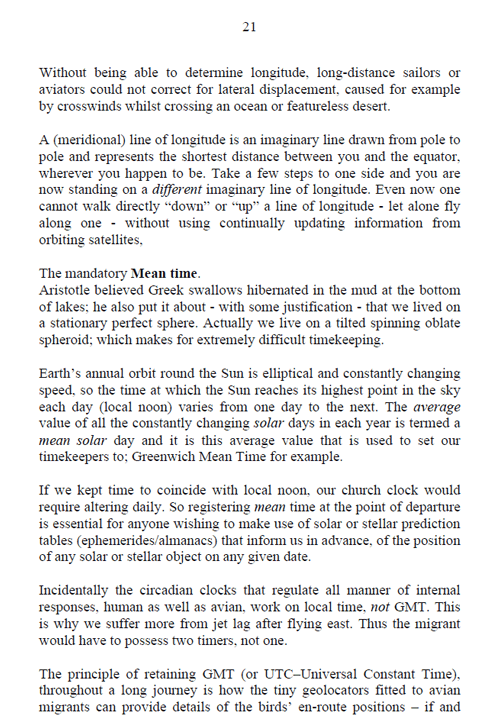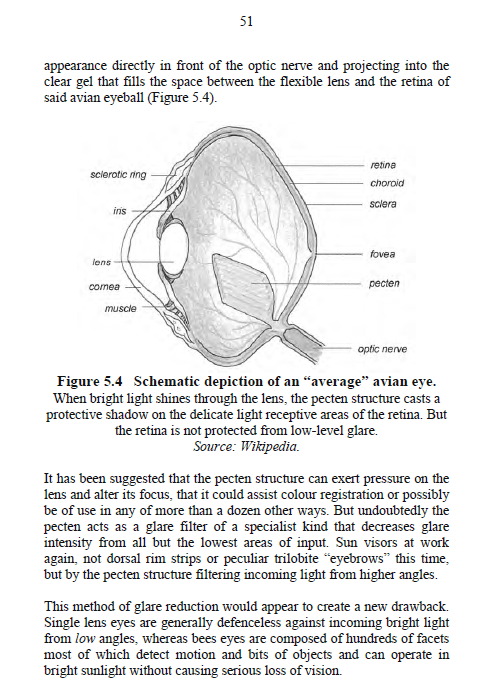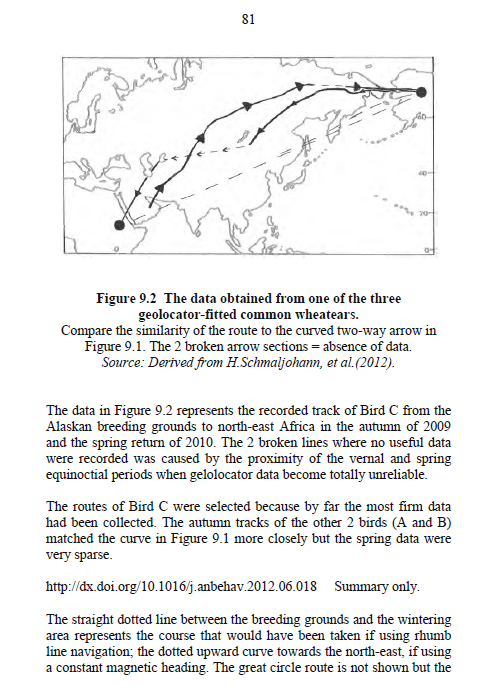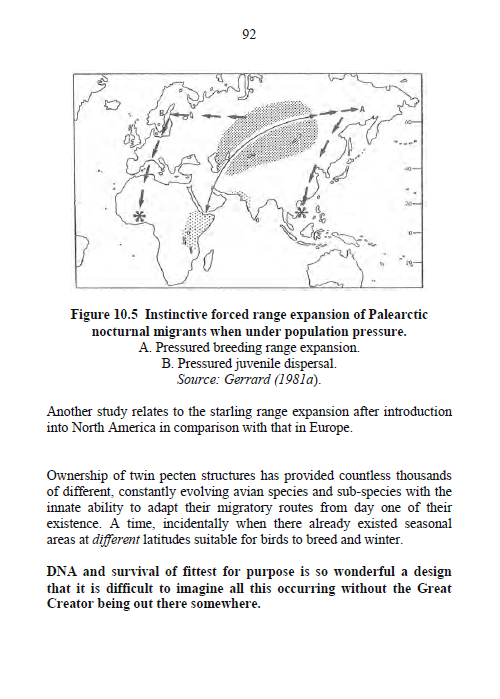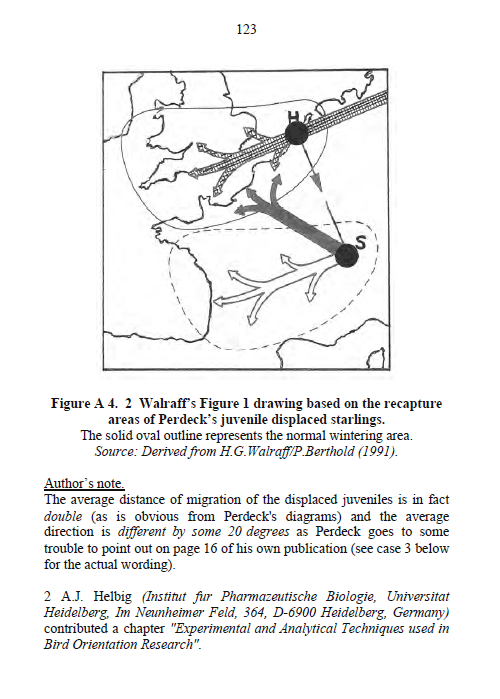THE CUCKOO PARADOX - 148 pages, 45 diagrams
DISCOVER WHY MIGRANT BIRDS CANNOT USE COMPASSES TO NAVIGATE
During the past six decades, tens of thousands of wild birds have been placed individually in cages. Their directional escape attempts suggest that long-distance migrants use solar, stellar and/or magnetic compasses to ascertain position, plot and follow a route. None of these claims appear to have been successfully replicated under properly controlled conditions.
To work effectively solar, stellar or magnetic compasses require knowledge of events yet to occur. Only after thousands of years of collaborative research did Homo sapiens succeed in producing these ephemerides that in turn enabled the production of global charts.
A young cuckoo, abandoned by its foster parents, flies from Scotland, crossing un-signposted wastes of the Sahara Desert en route to its first winter quarters somewhere in central Africa. As it cannot make use of either compass or map, how does it succeed?
The shadow-casting, glare-inhibiting qualities of the avian eye pecten structure coupled with innate phototactic escape responses, offer one solution to this.
| The Cuckoo Paradox | View online (pdf) and Download FREE |
LOOK INSIDE ...
|


